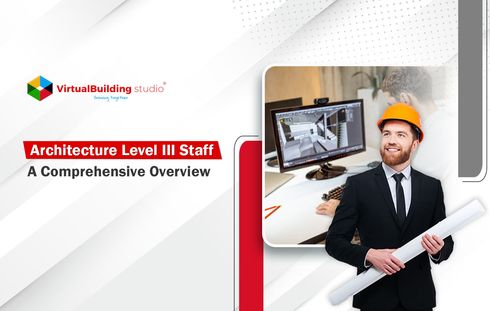
Outsourcing of BIM work to service providers has gained popularity with the rise of BIM in the AEC market. Firms draw benefits such as reduced software and hardware cost, saved time, unnecessary in-house BIM talent, and increased modeling proficiency. BIM service providers help us to manage modeling teams, software licenses and take the responsibility for our designs BIM documentation processes.
If you’re looking to avail of BIM outsourcing services, however, be mindful of the measures to avoid misgivings in the BIM market. Ensure your goals, expectations, and deliverables are clearly outlined for yourselves, before approaching BIM service providers.
Top 8 Steps for Selecting Revit BIM Outsourcing Partner
Initially, look for companies that can potentially align with your interests, besides what they offer. Lets look at other general steps to take while selecting the right outsourcing partner.
Step 1: Don’t Prefer Freelancers, Unless Necessary
Freelancers work independent of an institutional setup and would be a misfit for work between organizations. They may offer their services for lower pay, but might not ascertain desired quality, because they work on multiple projects.
Step 2: Check The Service Providers Portfolio
Ask for the service providers portfolio to understand their previous experience in BIM documentation. Additionally, you can check if they’ve been referred to by good clientele.
Step 3: Check Their Modus Operandi
Ask the service to explain how their team works. Check if their software and hardware are up to date or possessive of potential, and properly licensed. Furthermore, BIM partners must work ethically and are capable of keeping up with the time demands.
Besides these, assess their work culture, by visiting their office if possible. If not, connect with them over a virtual meeting requesting them to walk you through their office setup.
Step 4: Ensure Accreditation Is In Place
Accreditation by the creators of BIM software, Autodesk for example, is a label of authenticity for the service providers.
We will be able to believe that a BIM partner can make accurate and quality models, only when we see certain features, accreditation being one of them.
Step 5: Assert For Their Responsiveness
Next, read how responsive and collaborative they would be. Inquire the same with their references too. During the BIM documentation process, the partner team must be transparent with all work-related information exclusively to you. Parallelly, they must ensure the confidentiality of the documentation. Co-operation with you and communicative clarity is crucial for successful outsourcing.
Step 6: Check Their Resiliency And Flexibility
The AEC industry is volatile by nature in terms of business curves. It is susceptible to lulls, which will test the roots of a BIM service providers office too. Enquire beforehand, if a potential partner is capable of seeing your project through despite external impacts from the market.
Step 7: Look For Post-Handover Services, If Necessary
BIM data will help with post-handover coordination for the building associated work, should the necessity arise. In such cases, if BIM operation is required, make sure the contract with your partner includes post-handover services too.
Step 8: Finalize The Collaboration Only On An Agreement Basis
Any AEC project undergoes multiple revisions and the BIM partner must be able to coordinate through all of them. The fee discussions must include this aspect too, in addition to the aforementioned steps. The charges made by the partner must include revisions as a part of their offer.
Ensuring this lasting collaboration from the BIM partner helps us avoid unaccounted extra work hours in case revisions proliferate. For such reasons, a flexible and non-final agreement is always suggested with a BIM partner.




